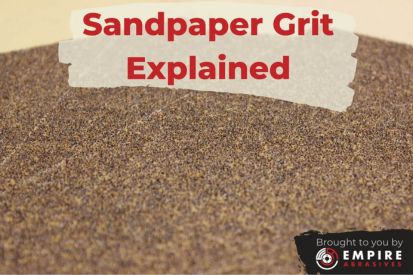
Sandpaper is an incredibly useful tool that has been around for centuries. The oldest versions of this type of abrasive coated material discovered have been found in China, dating back to the 13th century when Genghis Khan roamed the region.
Unlike modern-day sandpaper, early versions used actual sand. Sand and crushed up seashells were bonded to parchment paper to form a crude, but effective abrasive.
Modern-day sandpaper and abrasives are much more advanced. The sand has been traded in for stronger natural and man-made materials and more precise sized grains, also known as the grit sizes.
Sandpaper Materials
Different materials are currently used to create various types of sandpapers. Each of these materials has unique properties allowing each to provide targeted results on varying surfaces.
Natural Abrasive Materials
- Garnet - A common choice for hand sanding, especially when working with wood to remove light scratches and prepare surfaces for finishing. Garnet sandpaper tends to wear quickly, which can be beneficial as it provides a finer finish as it wears down.
- Emery - Also known as emery cloth due to its cloth backing, emery is a coarser abrasive best suited for sanding and polishing metal surfaces.
Man-Made Abrasive Materials
- Aluminum oxide - Useful on most surfaces including wood, metal, plastic, and drywall. A major benefit of aluminum oxide coatings is that as it breaks down, the surface will expose new, sharp edges making this a longer-lasting abrasive.
- Silicon carbide - A popular choice for wet sanding, as silicon carbide abrasives are often made with a waterproof backing. The materials in this sandpaper are capable of removing material faster than aluminum oxide but is not as long-lasting.
- Zirconia alumina - This type of sandpaper is made from an aluminum oxide–zirconium oxide alloy that, like garnet and aluminum oxide, has particles that break down to keep a sharp surface. Zirconia lasts longer than aluminum oxide, but not as long as ceramic. This abrasive is commonly used on wood, fiberglass, and metal surfaces.
- Ceramic alumina - These abrasives are extremely hard and durable, making them an excellent choice for power sanding using ceramic belts or discs. Ceramic abrasives can last up to 6 times longer than other good quality sandpapers.
Grit Sizes Explained
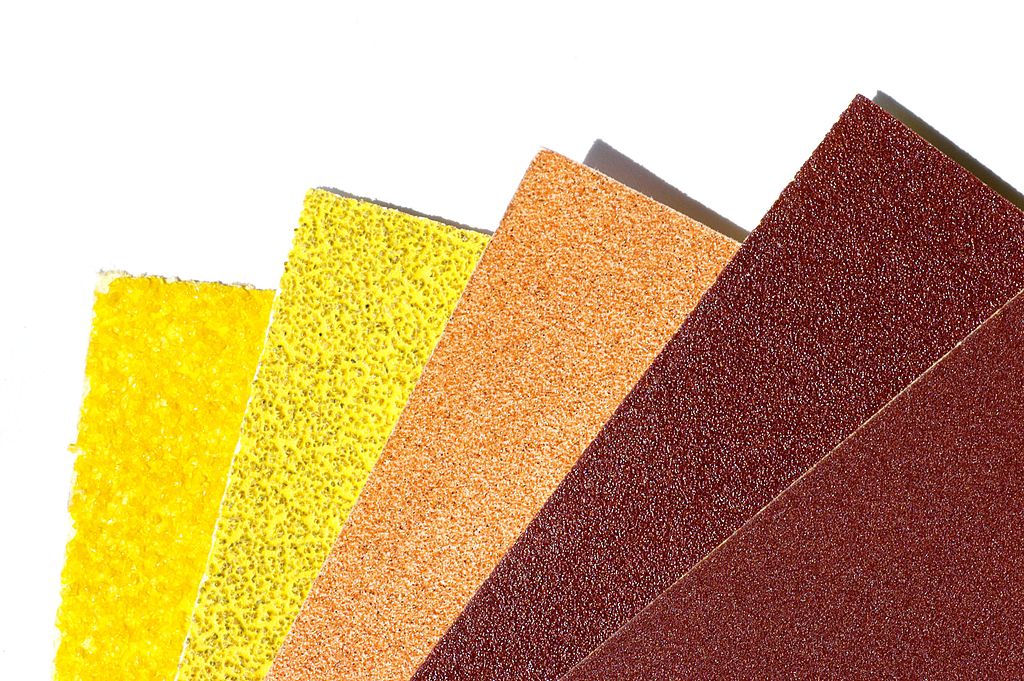
In order to get a uniform grit size across the surface of your sandpaper, the materials being used go through a sifting machine. The filters on this machine will only allow specific sized particles of the materials to pass through each level.
The size of the grit is then determined by how many of each particle can fit through a 1 square inch filter. The larger the particle, the less can fit through at once.
So let’s say we have a sandpaper with a grit size of 30, then that means 30 particles would fit through the filter. A grit size of 100 would mean that much more particles would filter through with much smaller particles.
Another way to visualize this is to picture a basketball hoop. Imagine dropping a pile of golf balls through the hoop. The balls are small so you’ll be able to fit a lot, let’s make believe 100, so we’ll give the golf balls a 100 grit. Now do the same process with softballs. They are much bigger than the golf balls, so less will fit at once, let’s say 20. That would be a coarser particle with a grit of 20.
Grit sizes will range in appearance from being fine enough to resemble the size of cooking flour all the way up to larger grits that look like granulated sugar.
There are two commonly used numbers you will see correlated with grit sizing. The United States uses CAMI - Coated Abrasive Manufacturers Institute. Europeans use FEPA - Federation of European Producers of Abrasives. The numbers are fairly close for larger grit sizes but differ more with smaller grits.
There are also several other grading systems you may rarely see including the Japanese Industrial Standards Committee (JIS), micron grade, and the aught system.
Uses for Different Grit Sizes
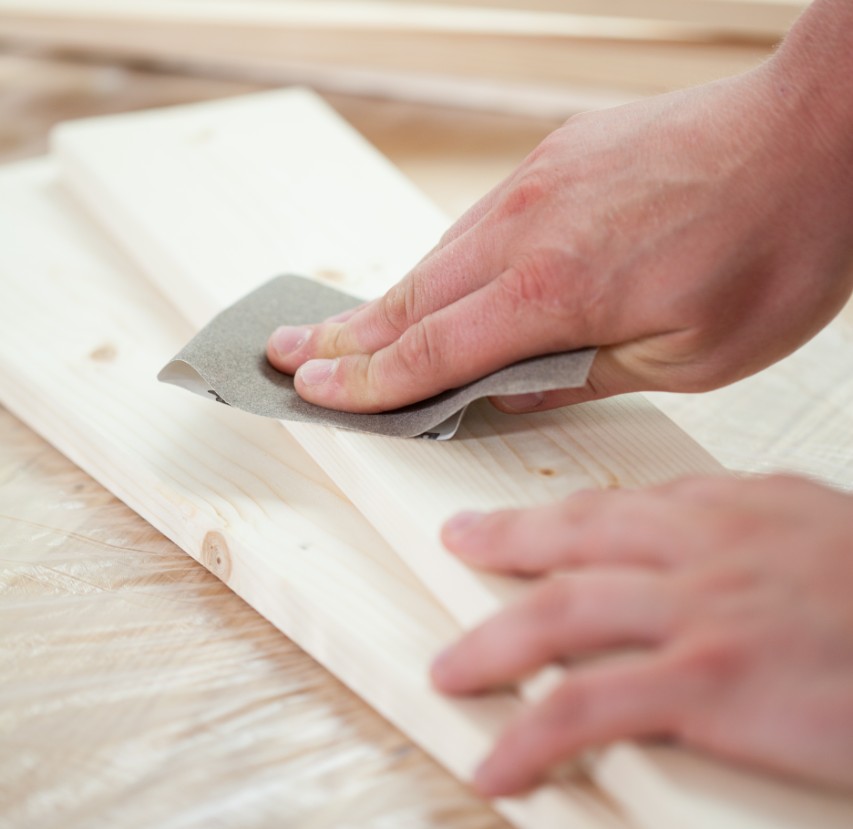
Grit sizes vary so the users can accomplish specific tasks. Different grit sizes are also useful for varying surface types, i.e. wood or metal.
Higher grit numbers (finer with smaller particles) are used for smoothing wood and painted surfaces between coats.
Lower number grit (coarser with larger particles) are generally used on tougher surfaces for heavy sanding, stripping, or cutting hard surfaces.
Oftentimes if you are trying to get a very smooth surface, it would make sense to “go through the grits.” This means you would start with a courser grit slowly working your way down to finer and finer grits to create even and smoother surface.
Sandpaper Grit Chart
| Average Micron Size (in inches) | CAMI GRIT RANGE | FEPA P GRADE | AKA | COMMON USES |
| 0.02886 - 0.02044 | #24-#36 | P24 - P36 | Extra Course | Fast removal of tough paint and varnish from surfaces and sanding old floors |
| 0.001045 - 0.00749 | #60-#80 | P60 - P80 | Course | Removing old paint and rounding rough edges |
| 0.00608 - 0.00363 | #100–#150 | P100 - P150 | Medium | Sanding wood in preparation of finishing and removing light varnish |
| 0.00304 - 0.00254 | #180–#220 | P180 - P220 | Fine | Final sanding of bare wood and sanding between coats |
| 0.0014 + | #320 and up | P400 and up | Ultra-Fine | Polishing wood |
For our stainless steel grit chart, click here.
Sandpaper Tools
Many sanding jobs can be accomplished without any specific tools. You can simply fold it over and sand down surfaces without the need for any special equipment. However, depending on your job, there are some tools that will make sanding easier. In some cases, these tools are required since sanding by hand won’t be sufficient.Manual hand sa
nder - This is an inexpensive, but extremely useful tool. The manual hand sander has a padded base that the sandpaper is clamped onto. The top of the tool has a handle that gives extra leverage to make sanding quicker and easier for larger surface areas.
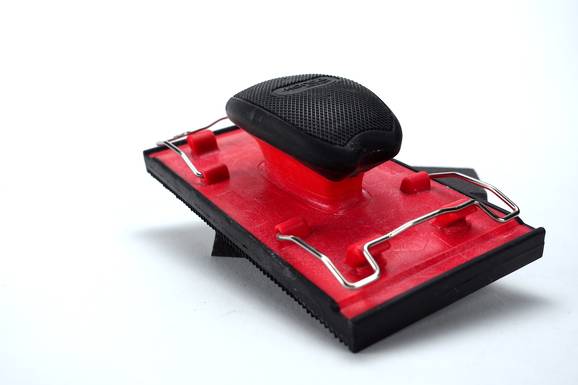
Manual Hand Sander - This is an inexpensive, but extremely useful tool. The manual hand sander has a padded base that the sandpaper is clamped onto. The top of the tool has a handle that gives extra leverage to make sanding quicker and easier for larger surface areas.
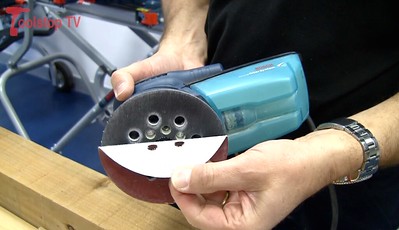
Orbital Sander - A handheld power tool for sanding down surfaces to remove paint and varnish to prep wood for painting. This tool gets its name from the main part that spins in small circles, or orbits. These are usually used with sandpaper sheets grit sizes between 80 and 160.
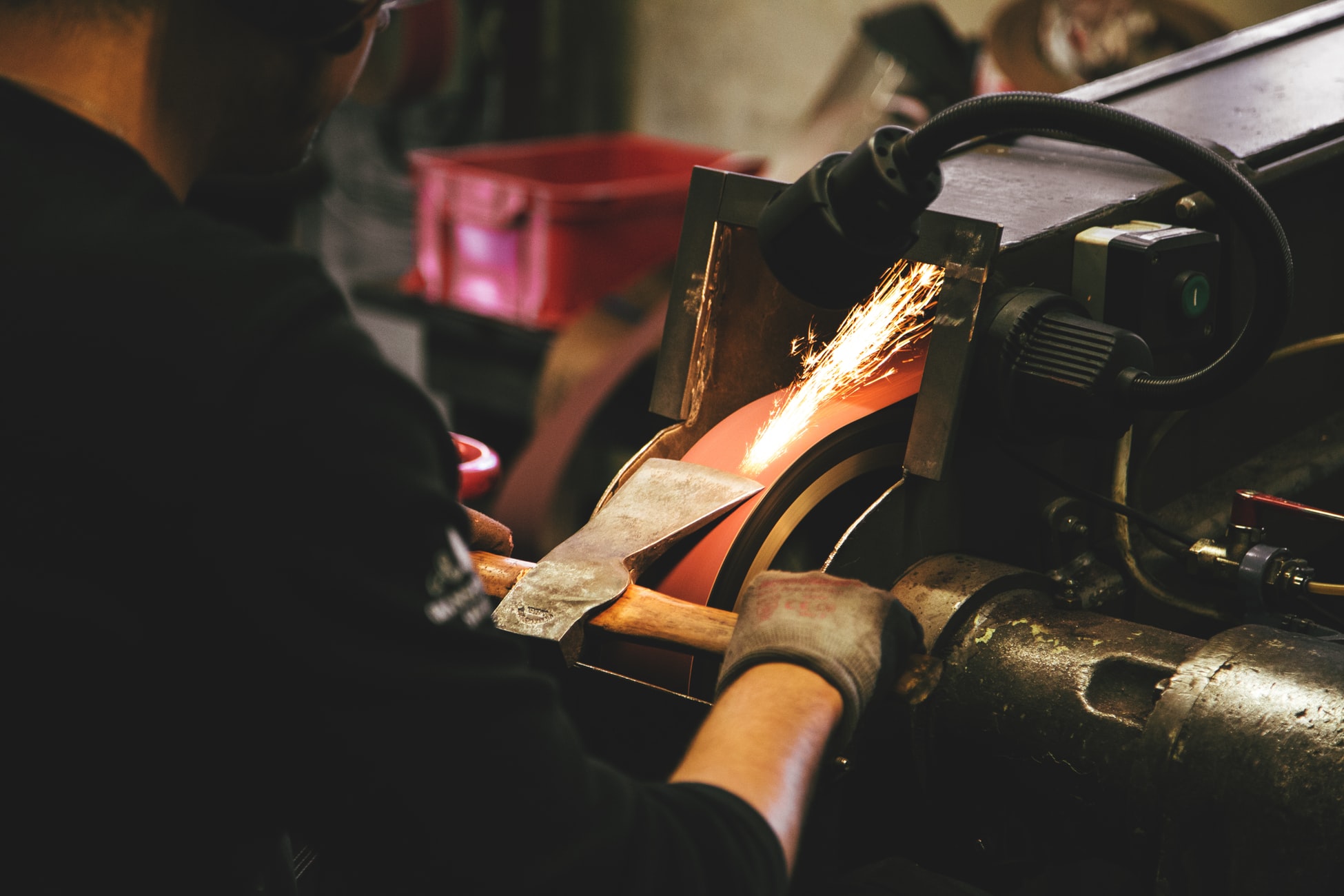
Belt Sander - A very powerful sander used for sanding down large rough surfaces quickly. Belt sanders can be handheld device or a large bench mounted machine that consists of two drums at opposite ends that are wrapped around by sanding belts, aka loops. When the machine is powered on the belt spins in one continuous motion.
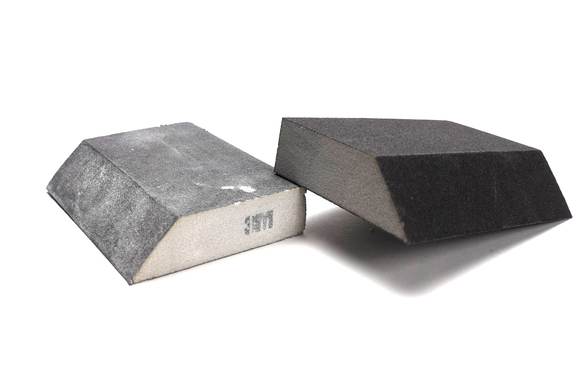
Sanding Sponge - Sanding sponges (aka foam sanding blocks) are made of flexible sponge-like material to offer some extra give against the sandpaper. This makes it an optimal tool for sanding rounded edges.
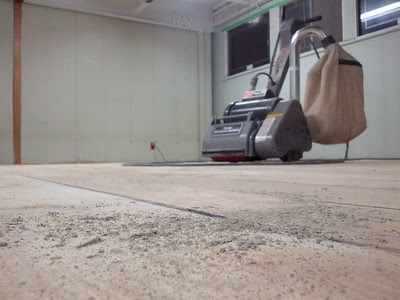
Floor Sander - These machines are also available for use with either a drum, floor sanding belts, or orbital plates/discs. Floor sanders easily remove varnish from hardwood floors and can help grind down warped flooring.
Choosing the Right Grit Size
Of the many properties of sandpaper abrasives, grit size is just a piece of the puzzle for picking the right tool for the job. Hopefully, this guide helped you figure out the right grit size for your job. If you still have questions or comments, please feel free to reach out to one of our experts at Empire Abrasives, 1-800-816-3824.
